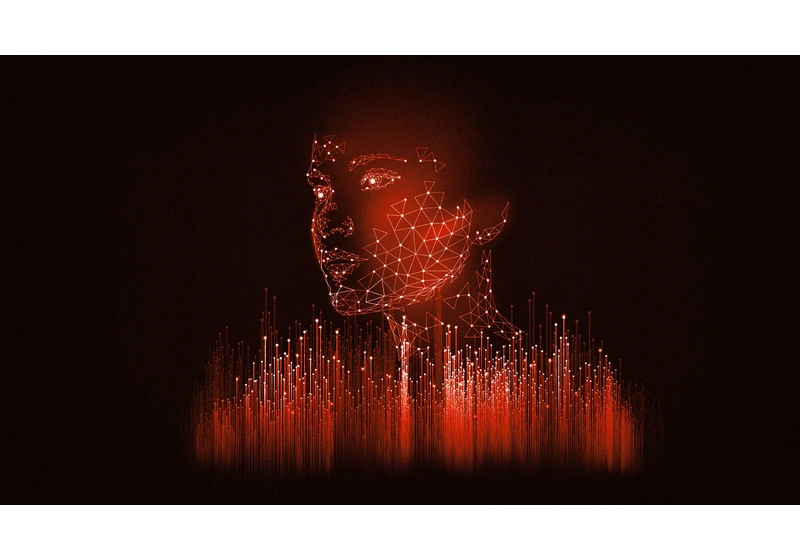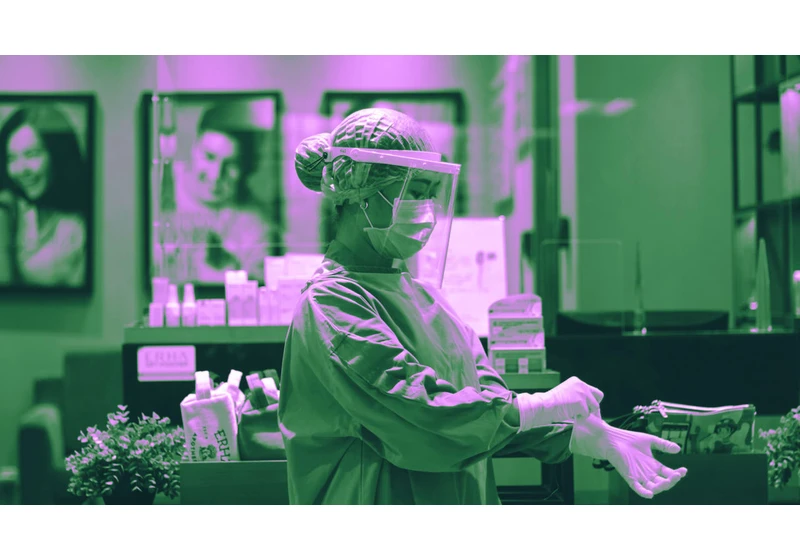
Healthcare workers are in crisis: Some 35% of surveyed nurse leaders—usually a clinical specialist who oversees other leaders and registered nurses—say low morale and burnout is their biggest challenge, according to a March 2021 study by the American Association for Nursing Leadership. A stunning 16% reported that they are not emotionally healthy. The COVID-19 pandemic has put our healthcare workers under enormous strain, exacerbating burnout and staffing shortages that predate the
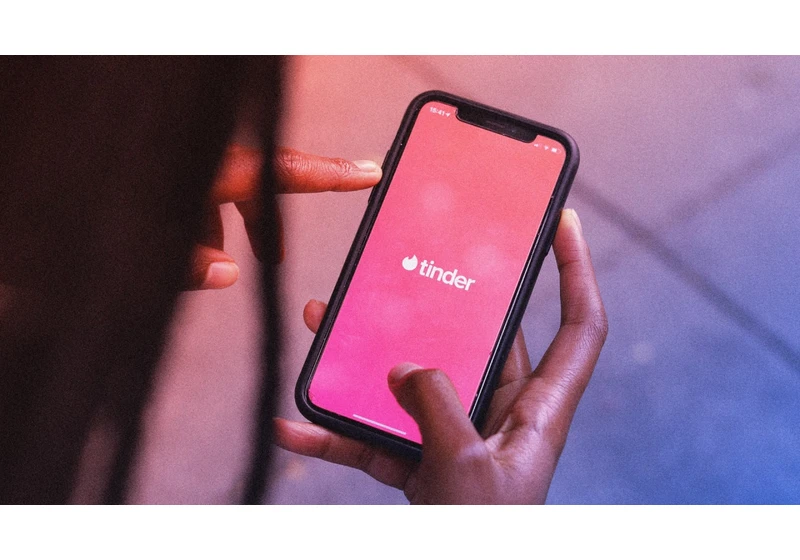
It’s a pattern we’ve seen too many times: Real-world violence migrates online, and after protracted denial, platforms that profit from abuse now promise to save us. Their “solutions” are convenient–and conveniently profitable–but only make matters worse. The latest example in the news is particularly wrenching: Tinder’s flailing efforts to address the all-too-real threat of intimate partner violence with unproven, error-prone background checks. Bu
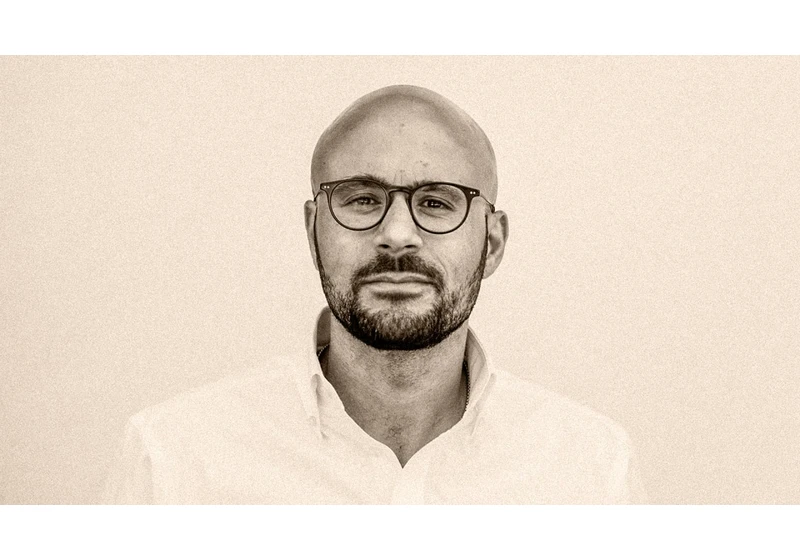
This Sunday at 10 p.m., CNN will premiere the new travel docu-series Nomad With Carlton McCoy. Produced by Christopher Collins and Lydia Tenaglia, the team behind the network’s much-loved Anthony Bourdain: Parts Unknown, the new six-episode culinary travel show follows McCoy, the president and CEO of Heitz Cellar and a celebrated trailblazer in the wine world, through the banlieues of Paris, the South Korean countryside, Washington, DC, Ghana, Toronto, and the Mississippi Delta on a journ
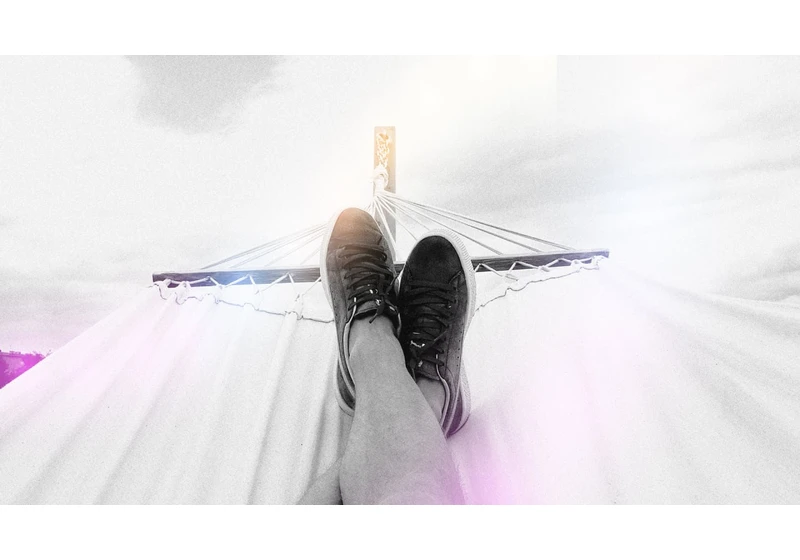
Building a successful business is hard. Many sleepless nights, 80-plus hour work weeks, and family time lost. But you’ve done it. Your business is growing and thriving. As someone who has spent the better part of two decades growing a business, there is one very important lesson I’ve learned about success: Complacency is your worst enemy. Success is rewarding. But you can’t rest on your laurels. One might think, “Why fix what isn’t broken?” Obviously, so
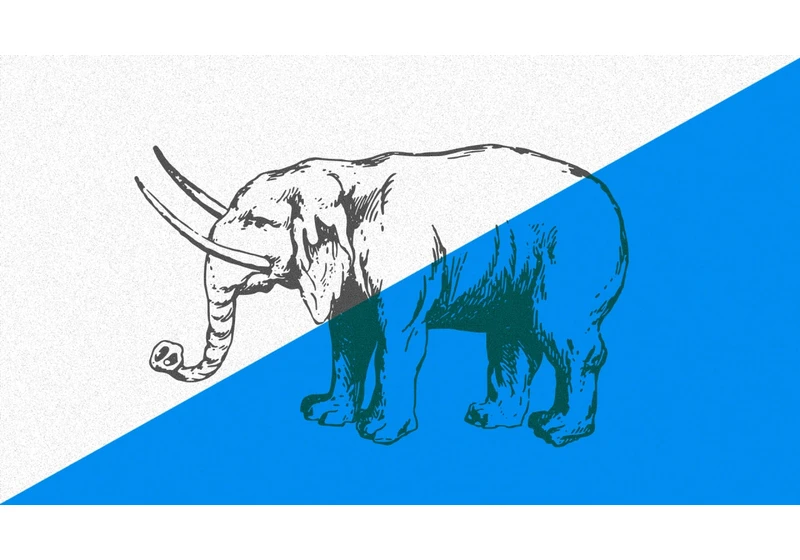
Since we’re all fretting over the future of Twitter, thanks to Elon Musk, it’s once again time to check in on Mastodon. The Twitter-like social network, which launched in 2016, aims to cure Twitter’s ills through the magic of decentralization. Instead of operating as one social network, Mastodon relies on a web of interconnected, open-source servers, called “instances,” with the owners of each instance setting their own moderation policies. Some instances even
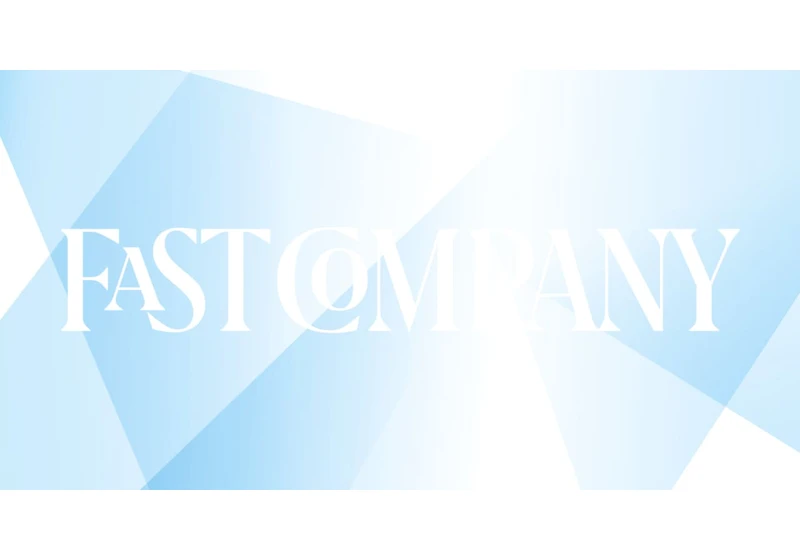
“The audiences that love and build and create and connect with TikTok, they say they check Facebook, and they check Instagram and they check Twitter and they check Snap and they check things. But they don’t check TikTok. They tell us they watch TikTok.” That’s how Khartoon Weiss, the head of global agency and accounts at TikTok, described the app in her keynote at the Gathering marketing conference last week—as an entertainment platform, not a social network. I
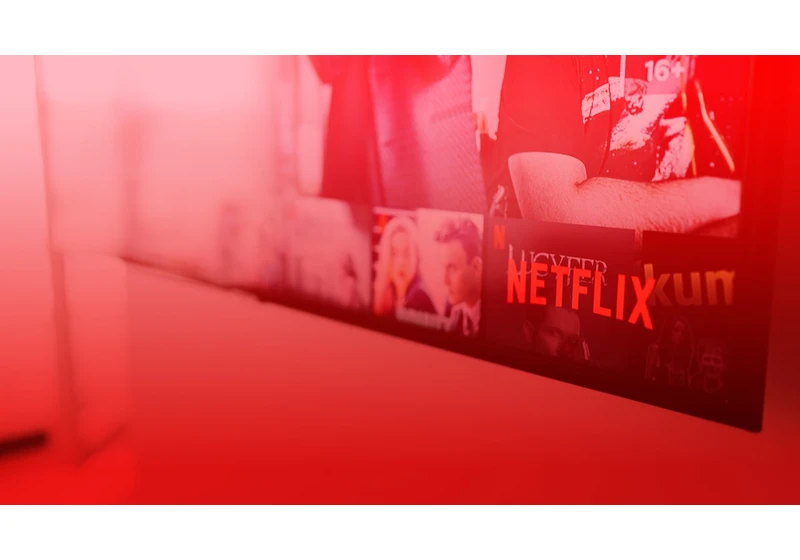
Here’s a fun activity: Look back in your email and see if you can find your first Netflix bill. Mine was $8 a month. This was a little over 10 years ago, mind you—when the service streamed a hodgepodge of existing stuff and hadn’t yet gone all-in on original offerings. But it was a lot more affordable than my most recent bill of $20. Yes, the Netflix plans keep on getting more expensive. Some price-conscious people are canceling it, which has become a big problem for Netflix
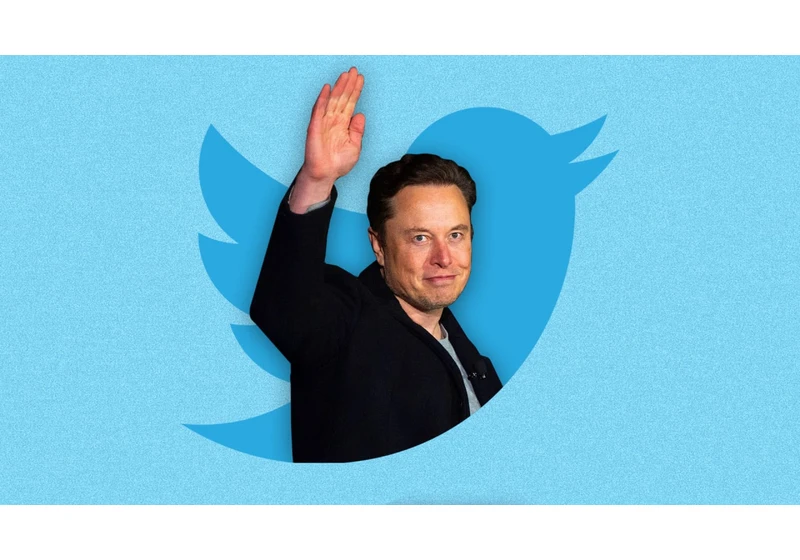
Monday was just another day at the office for Elon Musk. Well, almost. Sure, there was the deal he closed to purchase Twitter for $44 billion cash. But before that, the world’s richest man met with Indonesia’s minister for investment at the Tesla Gigafactory in Austin to discuss battery supply chain. And later that evening, at 10 p.m., Musk met with engineers–where he spent more than an hour working on rocket engine “valve leak solutions” at the SpaceX Starbase

In an early scene in Blade Runner 2049, K. (Ryan Gosling) arrives at a crime scene and his drone automatically lifts up from his flying car and begins hovering around. Because, of course—the drone is his second set of eyes, his “eyes in the sky.” Extending the sight of human beings seems natural enough, and clearly useful. That combination suggests a technology that, done well, could fold easily into the set of personal technologies we use every day to organize, work, social

Supply chains across the world are undergoing major transformations, largely in part to technology and process improvements that are helping to increase efficiencies. But it’s more than just technology fueling supply chain innovation: It’s Gen Z. Each year, new, multigenerational talent enters the industry. They bring with them strong skills in science, technology, engineering, and math. These two elements—advanced technology and talent—create the perfect storm for ne


